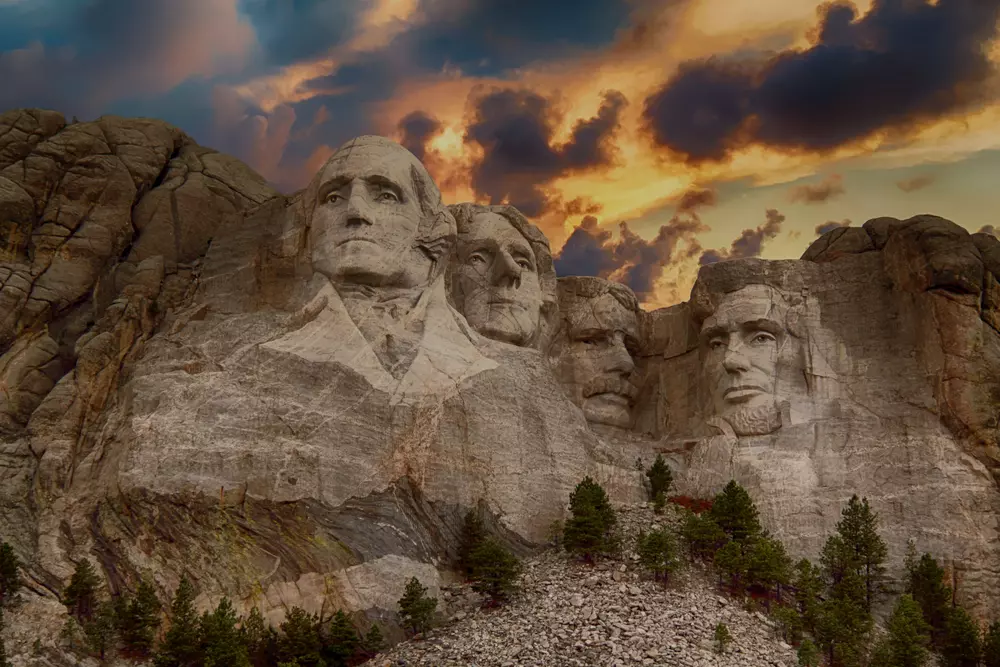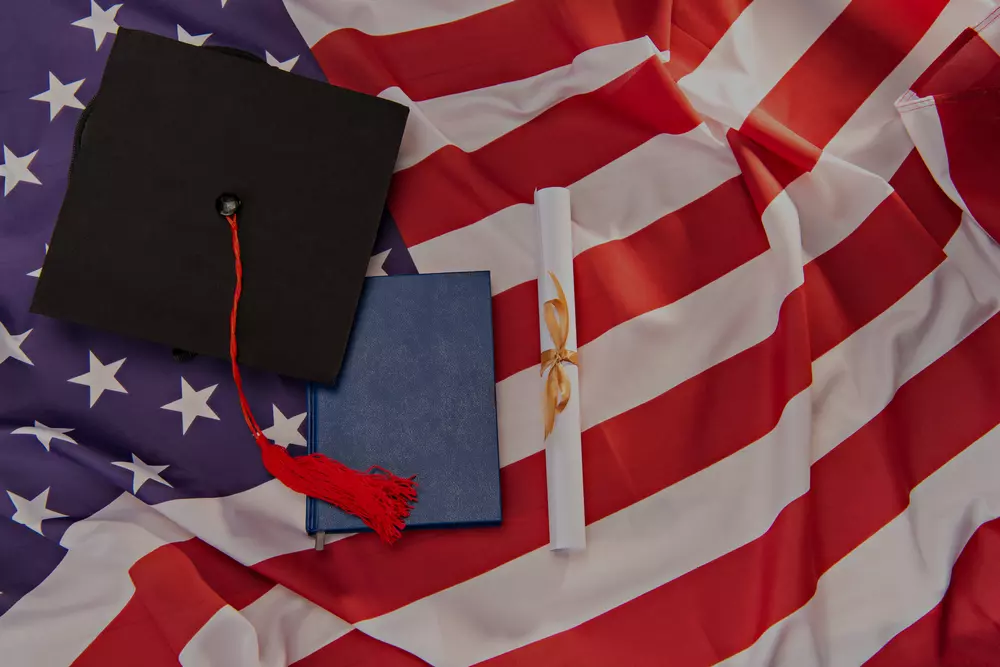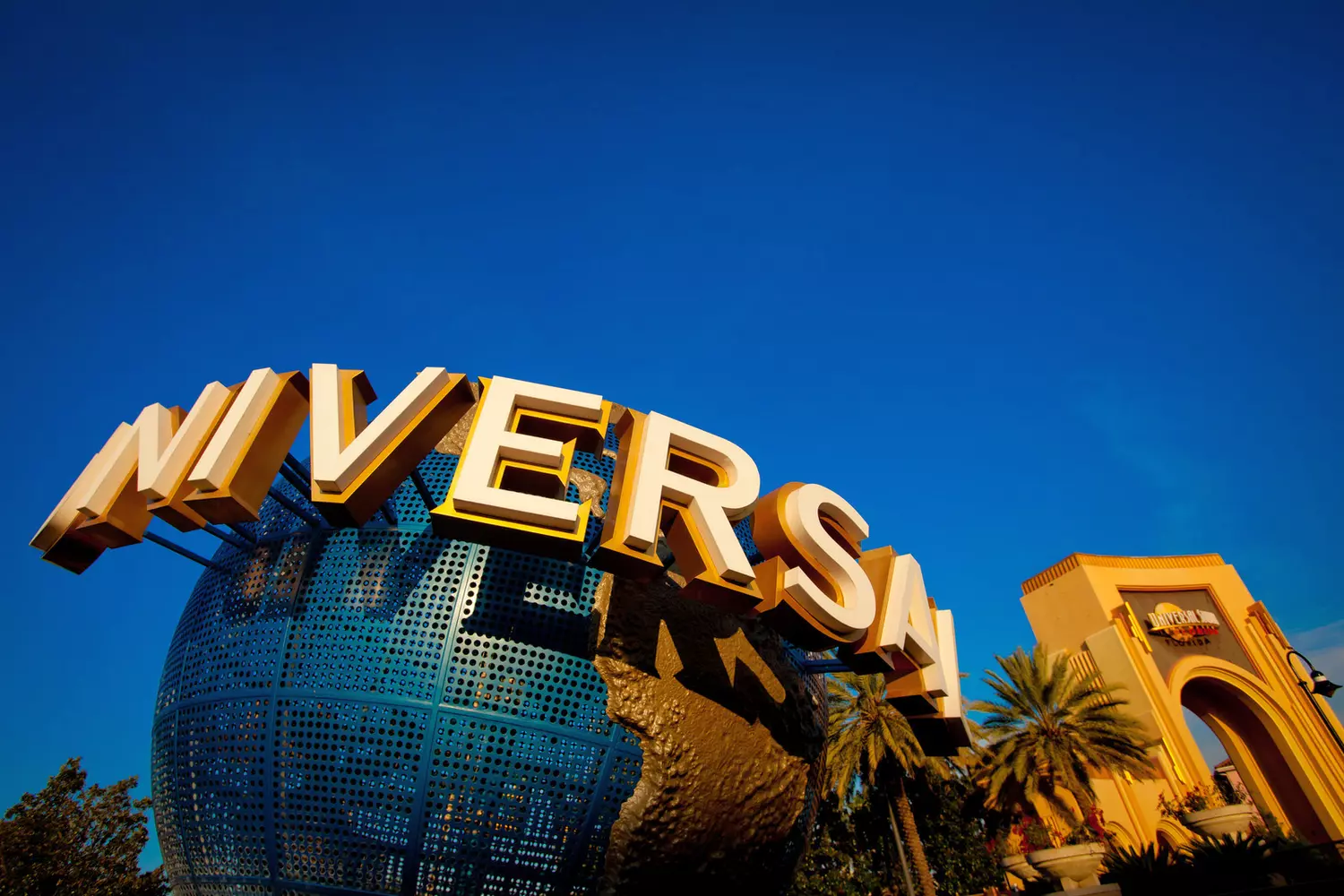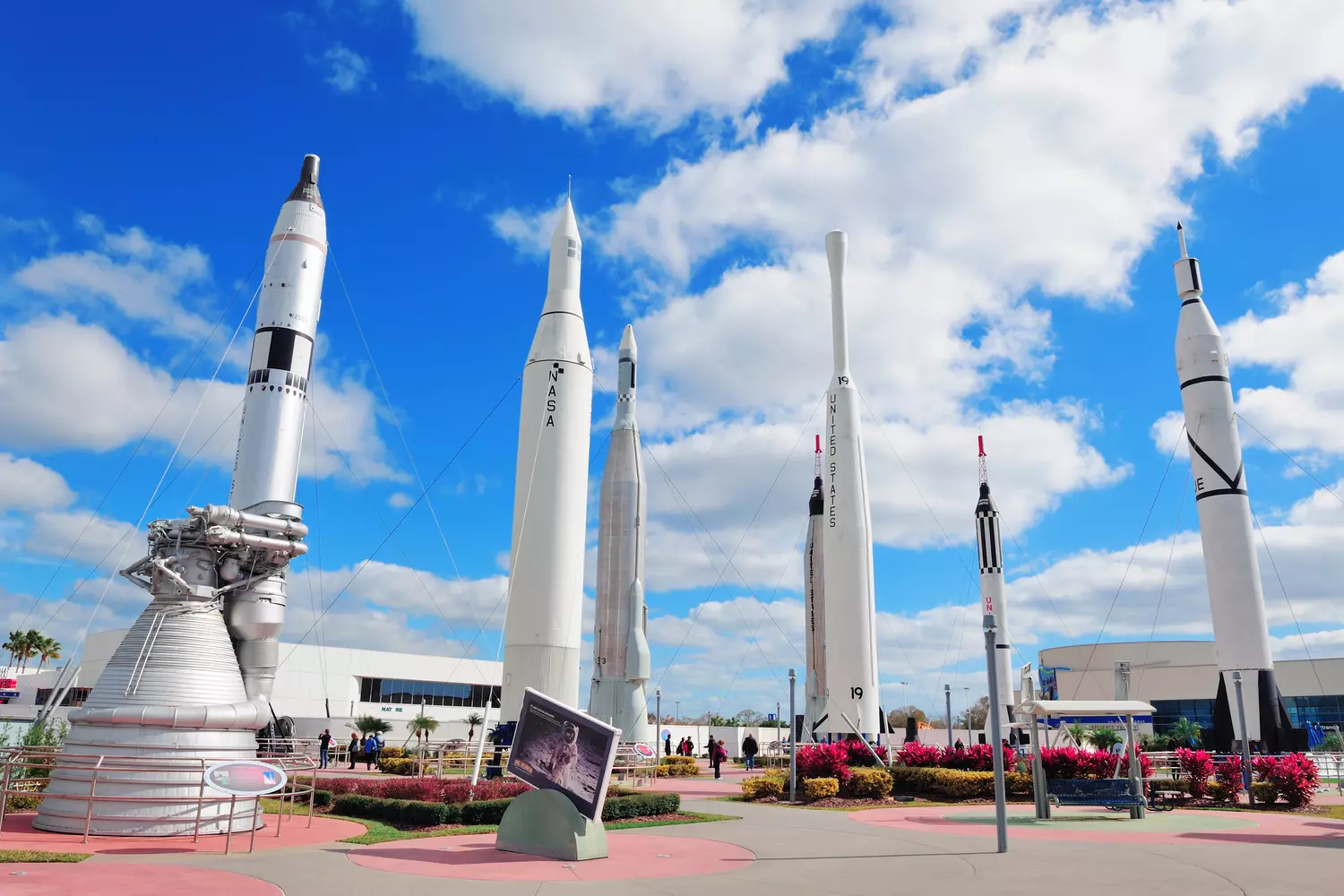You arrive in the U.S. and suddenly realize that temperatures are measured in Fahrenheit, distances in miles, and gasoline is sold by the gallon. Even a cup of coffee here might be listed in ounces. Panic? No need. The American measurement system is indeed different from the familiar metric system, but you can understand it quite quickly — the key is knowing where it comes from and how it works.
If it’s your first time in the U.S.—whether it’s a tourist trip, relocation, studying, or a business trip—be prepared for all your usual reference points to get literally thrown off course. How much gas do you need to drive 100 miles? Why does a bottle of water suddenly weigh 16 ounces? And how do you understand that +70°F outside isn’t hot at all, but just comfortable weather?
The American measurement system is probably one of the most noticeable differences from the rest of the world. It surrounds you everywhere: on supermarket labels, in weather apps, on road signs, in recipes, and even in suitcase size descriptions.
But don’t take it as “American stubbornness” or a strange quirk. It’s part of history, tradition, and, importantly, economic realities. In this text, we’ll explain why the metric system never caught on in the U.S., what units are used and where, and how not to lose your mind if you’re used to kilometers and liters. All explained in simple language, with examples and handy tips.
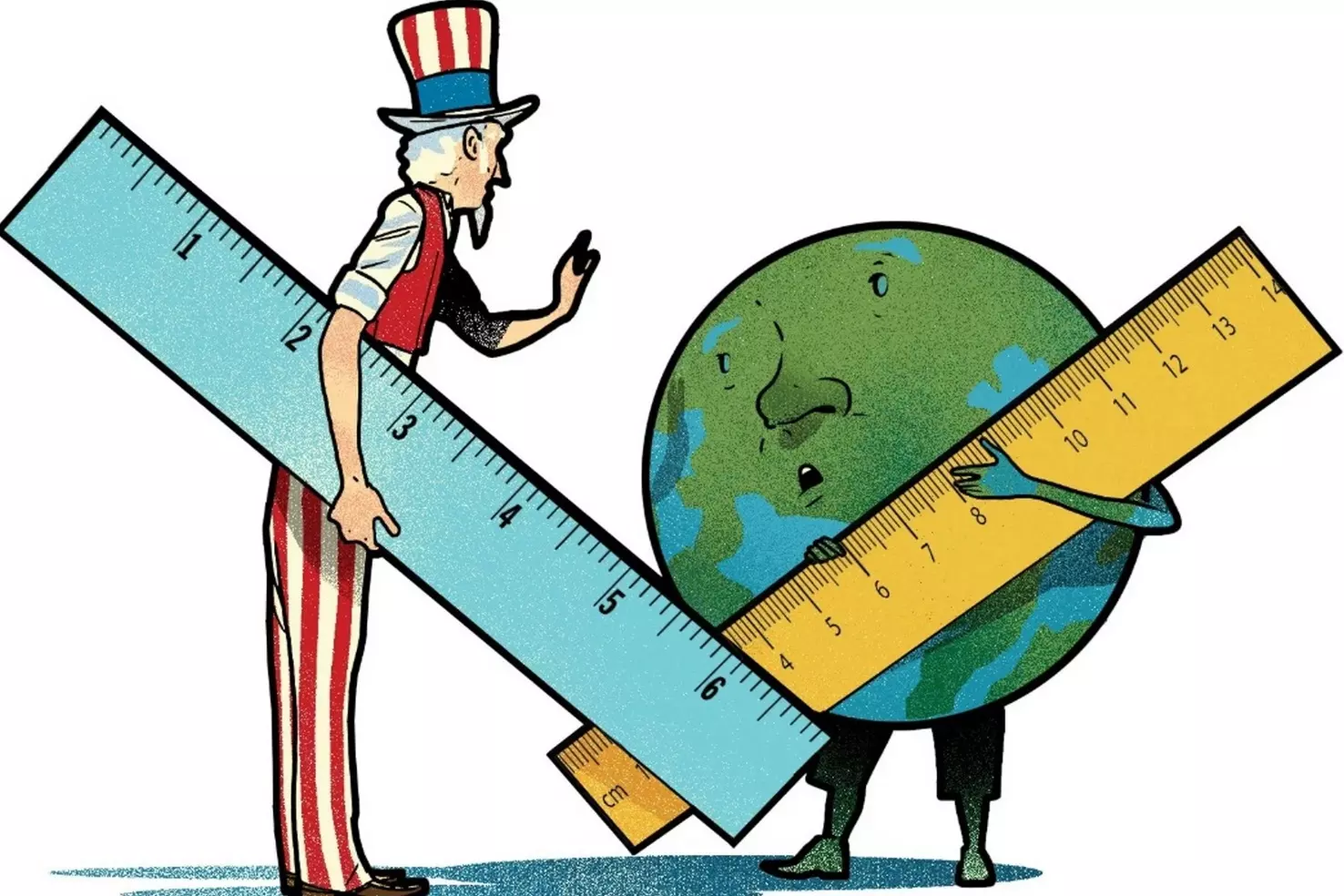
The U.S. Measurement System Is Part of the National Identity Even if it seems outdated, for Americans it's something familiar and deeply rooted — like their own currency: maybe not the most convenient, but uniquely theirs.
Why America Stayed Loyal to Inches and Gallons: A Historical Paradox
The history of the measurement system in the U.S. is not just a story of numbers, but a reflection of how deeply traditions can take root in a nation’s culture.
When the U.S. gained independence from Great Britain in the 18th century, it inherited the British system of measures — the so-called Imperial system. Despite revolutions, reforms, and rapid progress, familiar yards, inches, and pounds remained in everyday use. At that time, the metric system was already spreading across Europe, but in America, it was seen as foreign and, importantly, overly abstract.
In the 19th century, attempts were made to introduce metric units in science and education, especially after France officially adopted the metric system. In 1866, the U.S. Congress even legalized its use — but only on a voluntary basis.
The real effort to convert the country to meters, liters, and kilograms came in 1975. That year, Congress passed the Metric Conversion Act, which provided for a gradual transition to the new system. A special body, the U.S. Metric Board, was even created to coordinate and encourage the use of the metric system.
However, the key word in the law was — "voluntary." No company or citizen was required to abandon the familiar units. As a result, very few real steps were taken toward conversion. By 1982, the Reagan administration disbanded the U.S. Metric Board as an unnecessary agency, and the process came to a complete halt.
Why? Here are a few reasons:
- Huge Costs
Converting costly industries (construction, manufacturing, trade) to new standards required billions in investments. - Cultural Resistance
Many Americans saw the metric system as something “European” and alien to national identity. - Everyday Habit
People grow up thinking in feet, pounds, and gallons. Changing that is like learning to write with your other hand.
So, America ended up as an “island” in an ocean of metric countries. But, as Americans themselves say: "If it works, why change it?"
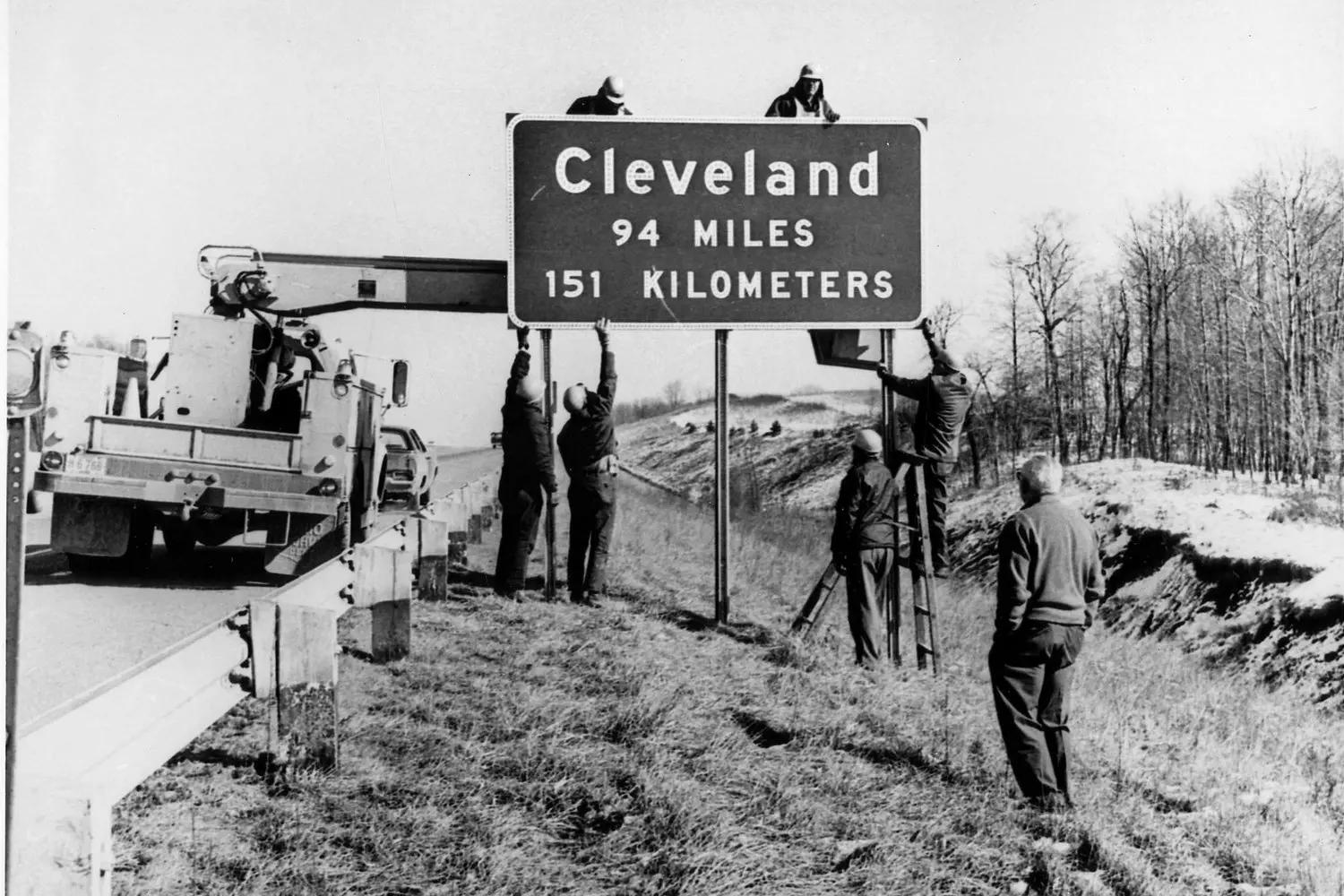
Inches, Pounds, and Gallons: How the U.S. Measurement System Works
The American measurement system often puzzles those accustomed to the metric system. At first glance, it seems like a complete mess. But once you break it down, it becomes clear: there is logic to it. The key is to understand the structure and memorize the basic conversions.
Unlike the metric system, which is based on the decimal system, the American (more precisely, the Imperial) system is built on traditional ratios that historically developed in England and were later adapted in the U.S. Moreover, the American version even differs from the modern British one.
- 01. Length Units
This is probably the most commonly encountered group of units. They are used on roads, in construction, when indicating a person’s height, and even in clothing sizes.
- 1 inch = 2.54 centimeters
The smallest common unit. Often used for screen sizes, furniture, pipes. - 1 foot = 12 inches = 30.48 cm
Used for people’s height, ceiling heights, and room dimensions. - 1 yard = 3 feet = 91.44 cm
Rarely used in everyday life, more often in sports (e.g., American football). - 1 mile = 1760 yards = 1.609 kilometers
The main road distance unit in the U.S.
- 02. Mass and Weight
Mass is measured traditionally — in pounds and ounces. You’ll see these units everywhere: from supermarket scales to your suitcase at the airport.
- 1 ounce = 28.35 grams
Small but common in the U.S.—for example, snack or cheese packages. - 1 pound = 16 ounces = 453.6 g
The main unit of weight. Fruits, meat, flour, body weight — all measured in pounds. - 1 short ton = 2000 pounds = 907 kilograms
Used in industry and logistics.
- 03. Liquid Volume
Pouring water, buying gasoline, making coffee — all require knowing local volume units. Here, translation is definitely necessary.
- 1 fluid ounce = 29.57 ml
About a sip of water or a small sauce cup. - 1 cup = 8 fluid ounces ≈ 237 ml
The main unit in cooking. - 1 pint = 2 cups ≈ 473 ml
Often used in bar culture—a pint of beer. - 1 quart = 2 pints ≈ 946 ml
Common in supermarkets (e.g., milk cartons). - 1 gallon = 4 quarts = 3.785 liters
The main unit for fuel, water, and other large liquid volumes.
- 04. Temperature
One of the most unusual parameters for foreigners is the temperature measured in degrees Fahrenheit (°F). It’s not just a different scale but a different logic of perception. The conversion formula: °F = (°C × 1.8) + 32. What does it mean in practice?
- 0°C = 32°F — freezing point of water;
- 100°C = 212°F — boiling point of water;
- 20°C = 68°F — comfortable air temperature;
- 30°C = 86°F — hot weather.
All this seems complicated until you start using these units in practice. Gradually, your hand will automatically convert feet to meters and gallons to liters — or vice versa. The main thing is not to be afraid and understand that for Americans, this system is as natural as the metric system is for us.
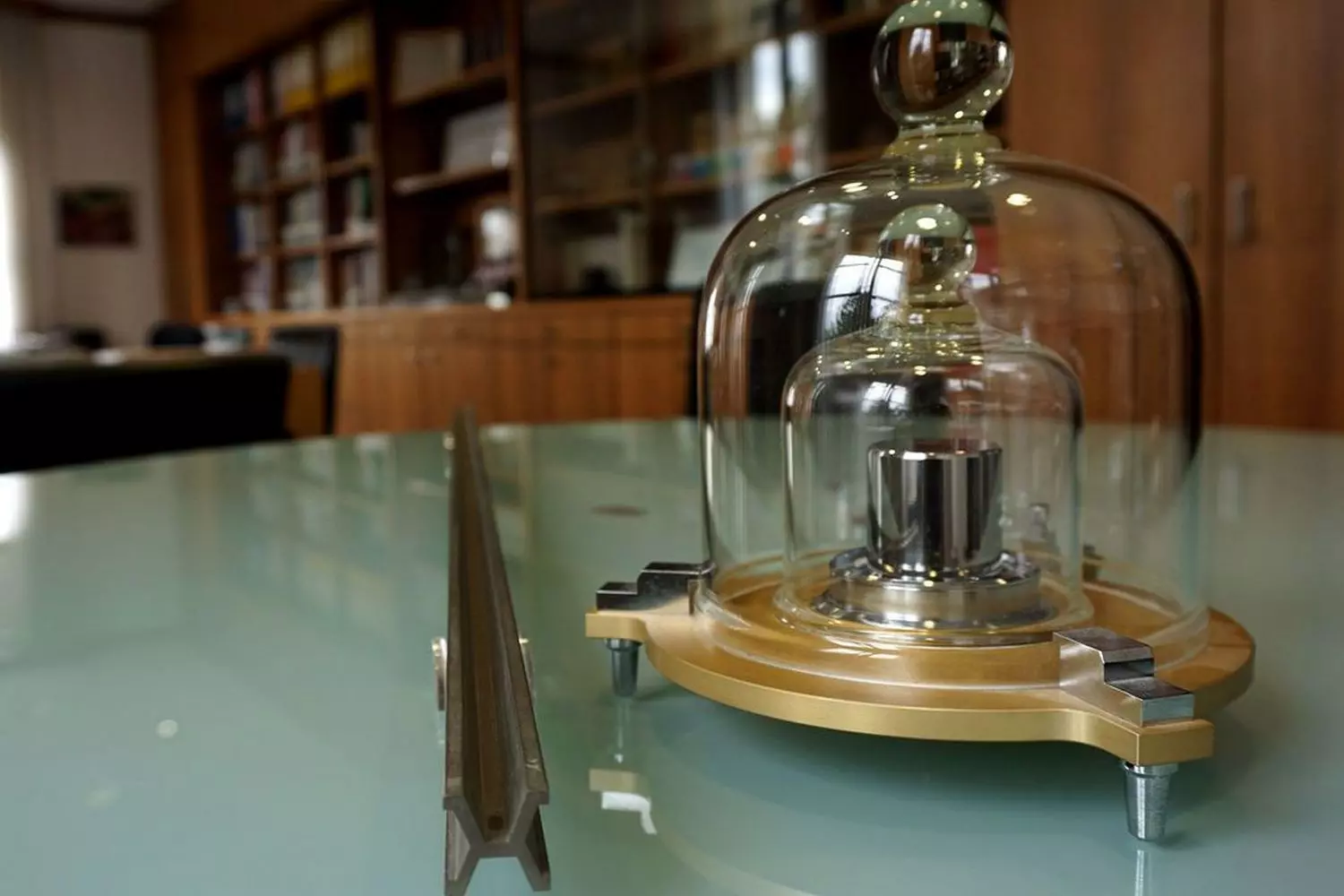
Measurements Everywhere: Where You’ll Definitely Encounter the American System
The American measurement system is not some isolated field of knowledge — it’s everyday life. Not knowing these units can confuse you even in the simplest situations. Here are the places where you’ll definitely encounter it:
- 01. In stores and supermarkets
Every purchase is a math exercise.
- Weight of products
Fruits, meat, snack packages are indicated in pounds (lbs) and ounces (oz). For example, a chicken package might weigh 2.5 lbs — that’s 1.13 kg. - Volume of liquids
Drinks, milk, juices are sold in fluid ounces (fl oz), pints, quarts, and gallons. A small bottle of water is 16 fl oz (~473 ml). A standard gallon of milk is 3.78 liters.
- Speed
Shown in miles per hour (mph). A 65 mph speed limit is about 105 km/h. - Distance
Everything is in miles. A sign like “Next gas station — 40 miles” means 64 kilometers without a refill.
- 03. In clothing and shoes
American sizes can confuse even experienced shoppers.
- Clothes
Jeans often come with sizes in inches: 32×30 means 81×76 cm. - Shoes
They have their own scale. Women’s size 9 US is about 40 European. - Children’s clothing
It’s a whole different world. Both the child’s age and weight (in pounds) are used.
- 04. In real estate and construction
Renting an apartment, buying a house, or doing renovations? Here’s where knowing the foot pays off:
- Housing area
Measured in square feet (sq ft). 1000 sq ft = 92.9 m². - Room sizes, ceiling height
Everything in feet and inches. - Materials
Boards, drywall sheets, pipes — also in feet.
- 05. In cooking and recipes
American recipes don’t use grams, but “cups” and “tablespoons.”
- 1 cup ≈ 237 ml;
- 1 tablespoon (tbsp) ≈ 14.8 ml;
- 1 teaspoon (tsp) ≈ 4.9 ml;
- 1 oz (ounce) — about 28.35 g for solids and 29.57 ml for liquids.
The American system surrounds you in every life situation — from a cookie recipe to buying a mattress or renting a car. It seems unfamiliar only at first — but within a couple of weeks in the U.S., you’ll be surprised how quickly you start mentally converting miles to kilometers and ounces to grams.
Why America Isn’t Giving In: Who and What Are Blocking the Switch to Meters and Liters
The question almost every foreigner asks when they first arrive in the USA is: “Why does a country with such technological potential still not use the metric system?” The answer lies not in technical backwardness but in a combination of habit, infrastructure, and cultural inertia.
- 01. Historical baggage
Americans have been using the imperial system since the 18th century. Over time, it has become more than just a way of measuring — it has turned into a part of their mindset. People learn from childhood that height is measured in feet and inches, weight in pounds, and the distance to school is 3 miles. Try retraining a country of over 300 million people — and you’ll understand the scale of the challenge. - 02. The economy of resistance
Switching to the metric system on a large scale is not just about changing signs. It means:
- Rewriting millions of pages of technical documentation;
- Replacing tools, machines, and measurement systems in manufacturing;
- Retraining employees across all industries — from salespeople to engineers;
- Translating road signs, packaging, and billboards;
- Publishing new textbooks and educational programs for schoolchildren.
All these actions would cost tens, if not hundreds, of billions of dollars. So despite the logic of the metric system, it’s more economical to keep things as they are.
- 03. Psychology and cultural inertia
The human brain is wired to better perceive familiar units. A football field measured as 100 yards feels more natural than one measured as 91.44 meters. A pint of beer inspires more trust than 473 milliliters.
Americans perceive the metric system as foreign, European, and… “unnatural.” Its use is associated with the corporate world, imported goods, and international standards. Meanwhile, a gallon of gasoline or a pound of potatoes feels like “home,” “ours,” “native.” - 04. Where are meters and liters used?
Interestingly, the metric system is alive and actively used in the USA — just in limited areas:
- Science and medicine
Here meters, liters, milligrams are the norm. This is due to international standards and the need for precision. - Military and defense industry
To coordinate with NATO allies, the military uses metric units.
- 05. A compromise: two systems — one nation
The USA lives in a kind of “double measurement” mode. Packaging may show: Net weight: 1 lb (453 g). Thermometers in hospitals show F°/C°. Physics textbooks use kilometers, but in everyday life — miles.
This coexistence of two systems creates some cognitive noise but has become normal for Americans.
America is not against the metric system. It simply does not see a practical need for it. And since logistics, economics, and cultural habits resist change — Fahrenheit, pounds, and gallons will stay with us for a long time.
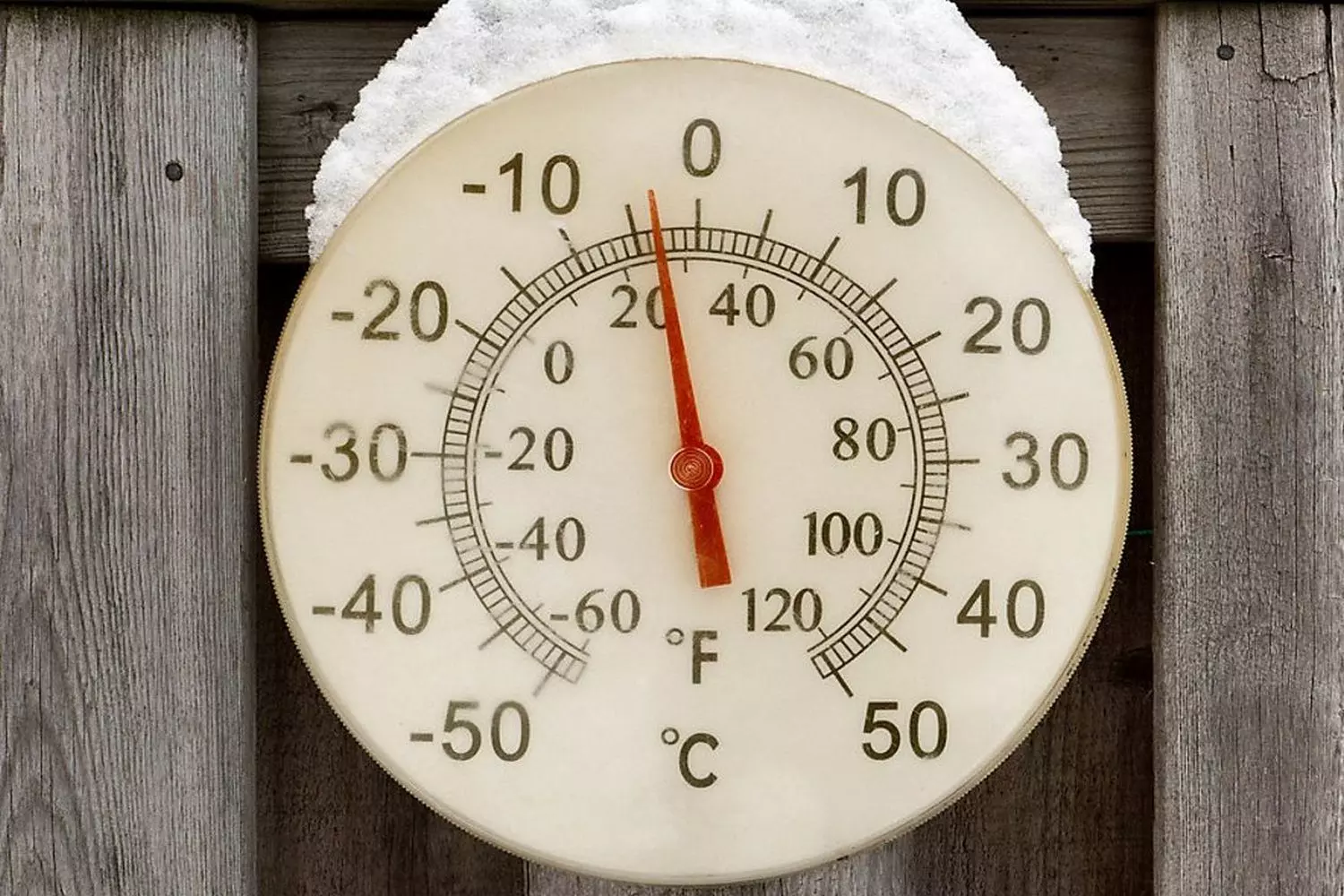
How Not to Go Crazy with Gallons and Inches: Adapting to American Measurements
When you first arrive in the USA, it can feel like you’re on another planet: the temperature is weird, gas is sold by the gallon, and someone seriously tells you a child’s height is “3 feet 6 inches.” How quickly can you get used to it and stop pulling out a calculator every time?
Here are detailed tips and hacks to help you adapt to the American measurement system quickly, without stress, and even with interest.
- 01. Install a converter app on your phone
Your best friend at first will be a mobile unit conversion app. Popular ones include:
- Unit Converter (iOS / Android);
- Convert Units;
- Google Search — just type “5 miles in km” and get an instant answer.
- 02. Memorize basic reference points
Understanding comes faster if you have simple anchors:
- 1 mile = 1.6 kilometers;
- 1 pound ≈ 0.45 kilograms;
- 1 gallon ≈ 3.8 liters;
- 1 inch = 2.54 centimeters;
- 1 foot = 30.48 cm;
- 70°F ≈ 21°C — comfortable temperature;
- 100°F ≈ 38°C — very hot, like an oven.
- 03. Make comparison a habit
Don’t try to memorize by rote — better to integrate the new system into everyday life. Every time you hear a unit:
- Mentaly convert it to metric;
- Compare it to something familiar: “1 gallon is a bit less than two 2-liter bottles of water”;
- Estimate distances: “10 miles is about the distance from downtown to the airport.”
Let your mind start intuitively feeling what 10 pounds or 3 yards mean. In a week or two, your brain will begin to “get” these new measures.
- 04. Watch American videos and recipes
The best way to immerse yourself in everyday measurement language is American cooking and DIY videos. You’ll learn the system and pick up American-style cooking and crafting skills.
- YouTube recipes: search for phrases like “How to make banana bread – US measurements”;
- DIY videos on repairs, measuring, gardening: they constantly mention inches, feet, and quarts.
You’ll be surprised how quickly you get used to 350°F as a normal baking temperature and 2 cups of flour as nearly half a liter.
- 05. Use the system in real life
Habits form through practice. Don’t be afraid to:
- Check your weight in pounds at the gym;
- Remember how many miles to the nearest store;
- Calculate how much gas costs per gallon and how many liters your tank needs.
Conclusion: adapting to the American measurement system isn’t rote learning, it’s changing habits. At first, you’ll round, convert, and get confused, but after a couple of weeks — everything will fall into place. Miles, ounces, and Fahrenheit will stop annoying you and become part of your new reality.
If you want, I can make a quick “Metric vs. American System” cheat sheet for you to keep handy.
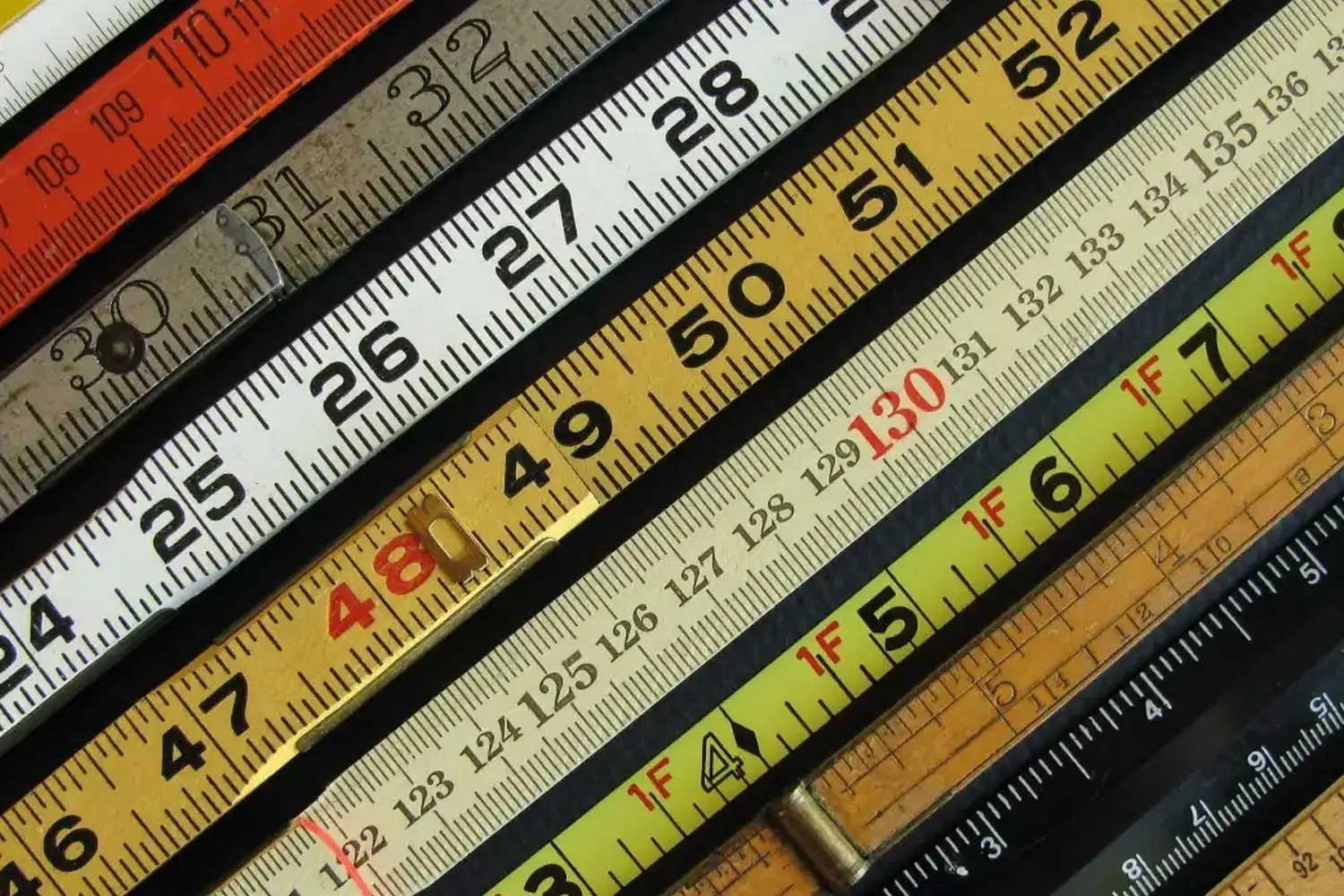
Hidden Pitfalls: Where the American Measurement System Can Trip You Up
Have you already gotten comfortable with miles, pounds, and gallons? Great. But it’s not all that simple. The American measurement system can be tricky in the details. There are situations where inattention to units can cause real problems — from extra baggage fees to medication dosing errors. Below are important risk areas everyone should know about.
- 01. Be careful with dosages and medications
If you buy medicine in the USA — especially over the counter — read the packaging carefully. It’s easy to make mistakes here:
- Liquid volumes might be listed in milliliters (ml) or fluid ounces (fl oz).
- The active ingredient dosage is usually in milligrams (mg), but sometimes the total amount of the substance in the package is given.
Example: children’s cough syrup might recommend a dose of “1 tsp” — that’s 5 ml. Confusing this can easily lead to overdosing. Always double-check with the pharmacist how much exactly to take and in which units. Never use regular kitchen spoons — they aren’t suitable for accurate dosing.
- 02. Online shopping and size misunderstandings
Shopping on Amazon, eBay, and other American sites is convenient, but:
- Furniture, clothing, and shoes sizes are listed in inches, feet, and pounds.
- Product photos can be misleading: without familiar metric references, it’s hard to gauge scale.
- 03. Flights and airline rules
American airlines, like most worldwide, use pounds for baggage limits.
- The standard checked baggage limit is 50 lbs — about 22.7 kg.
- Overweight fees start at 51 lbs and often cost $100+.
Carry-on luggage sizes are sometimes listed in inches, for example, 22” × 14” × 9”. That’s 56×35×23 cm — check if your suitcase meets these standards.
Some more practical tips
- Furniture and appliances are often sized in inches, not centimeters. A 36" wide fridge is almost 91 cm wide.
- Oven recipes and thermometers almost always use degrees Fahrenheit. Accidentally setting 400°F instead of 200°C will burn your food.
- Exercise machines may show distance in miles, not kilometers. Don’t be surprised if after a run the display shows 5.0 — that’s not 5 km, but about 8 km.
The American measurement system demands attention to detail. Mistakes can cost not only money but health too. Always double-check every number and unit, especially when it comes to shopping, medicine, or flights. Better safe than sorry at the checkout, pharmacy, or airport check-in.
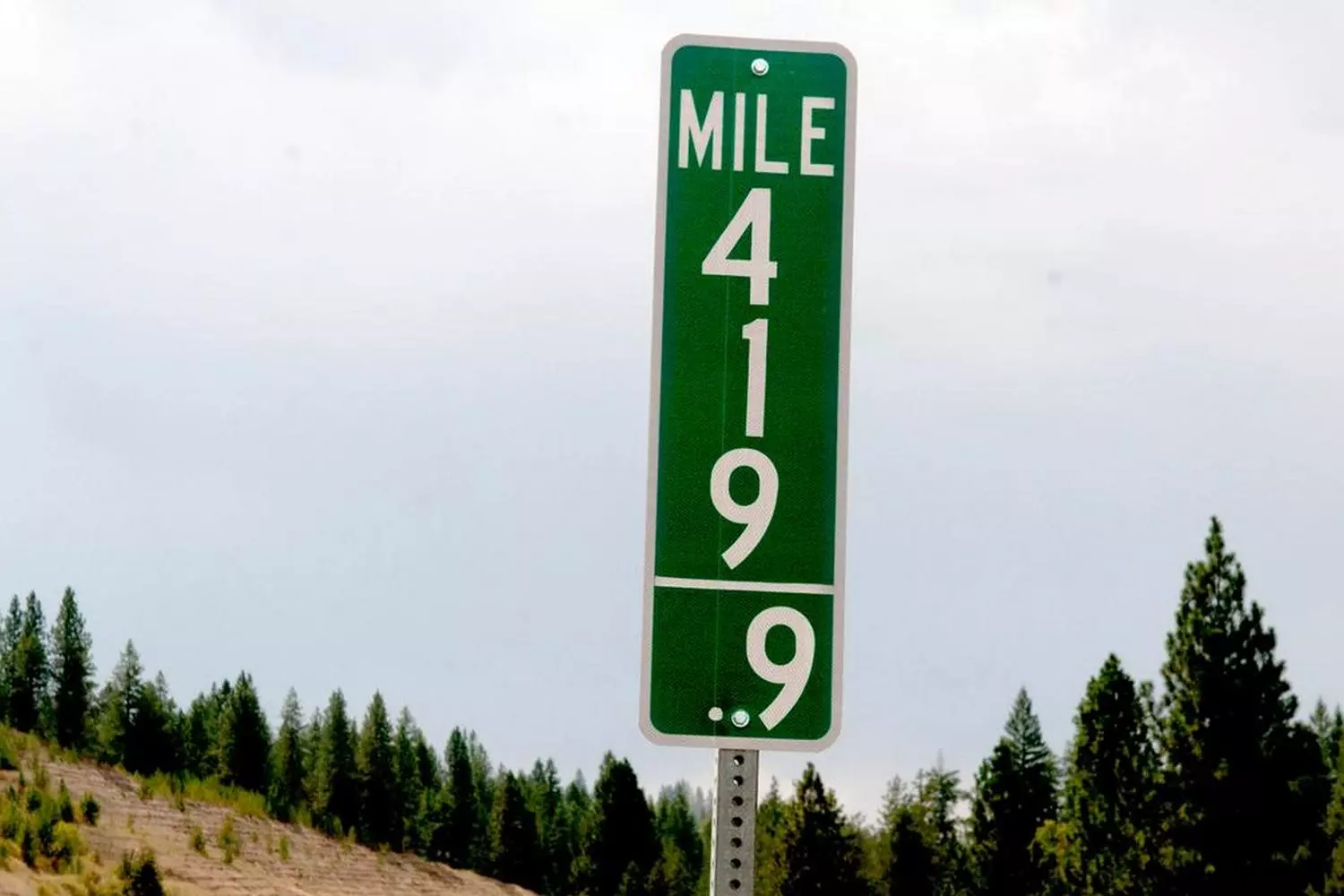
Gallons, Feet, and Fahrenheit: 7 Surprising Facts About the American Measurement System
The USA is one of only three countries in the world (alongside Liberia and Myanmar) that still officially use the imperial system of measurement. Here, it’s not “30 degrees,” but “86 degrees Fahrenheit,” not “5 kilometers,” but “3 miles.” But behind these quirks lie fascinating stories. Why haven’t Americans switched to the metric system? How did this nearly cause a space probe to crash? And what do pirates have to do with it? Read these unusual facts that will make you see inches and pounds in a whole new light!
- 01. NASA lost spacecraft due to unit confusion
In 1999, the Mars Climate Orbiter, costing $125 million, burned up in Mars’ atmosphere because of… pounds and newtons. One team of engineers calculated thrust in metric units, while another used imperial units. The conversion error sent the probe into the wrong orbit. - 02. The American gallon is smaller than the British gallon
Yes, “gallon” doesn’t always mean the same! In the US it equals 3.78 liters, while in the UK it’s 4.54 liters. This difference dates back to the 18th century, when the British changed their standard but Americans kept the old one. - 03. Fahrenheit created his scale… based on horse body temperature
German physicist Daniel Fahrenheit created his scale in 1724. He set “0°F” as the temperature of a mixture of ice, water, and ammonia, and 96°F as normal human body temperature (later adjusted to 98.6°F). But there’s a theory that he based it on the temperature of horse blood! - 04. There are “metric” roads in the USA
Some states (like Arizona) have road signs in kilometers — a legacy of a planned metric system transition in the 1970s. But most drivers ignore them. - 05. Why is a “foot” 30.48 cm? Legend says it was invented by a king
According to one version, English King Henry I in the 12th century defined a “foot” as the length of his own foot. The standard was later refined, but the name stuck. - 06. American recipes use “cups” instead of grams
While European bakers measure ingredients in grams, Americans measure them by cups. But these aren’t ordinary mugs — they’re special measuring cups holding 240 ml. - 07. Pirates prevented the USA from switching to the metric system
In 1793, Thomas Jefferson, then Secretary of State, seriously considered switching to the metric system. But a ship carrying the standard meters and kilograms from France was captured by pirates! The cargo was lost, and the idea stalled for centuries. - 08. The Winchester bottle — the secret standard for American liquids
Until the 20th century, the US had no unified standard for measuring wine, beer, and milk. Everything changed thanks to a whiskey bottle called the “Winchester”! Its volume (0.762 liters) became the basis for the “Winchester gallon,” and later for modern measures. - 09. In Texas, land is still sold “by Spanish leagues”
In some states, especially former Mexican territories, you can find the old Spanish unit of length — the league (~4.8 km). For example, in Texas, plots of land are sometimes measured this way, especially in rural areas. - 10. There’s a US city where all signs are in kilometers
Kenneth City (Florida) is the only city in America where road signs are displayed exclusively in the metric system. This was an experiment from the 1970s that locals still support.
The most absurd measurement law: In 2001, the state of California tried to pass a law requiring marijuana to be sold only in metric units (grams). But the initiative failed — dealers and buyers preferred “ounces.”
The American system of measurement is not just archaic, but a true cultural phenomenon. It has survived revolutions, space breakthroughs, and globalization, yet never gave way to the meter and kilogram. Perhaps that is its greatest mystery: the USA loves to do things its own way — even when it comes to measurements!
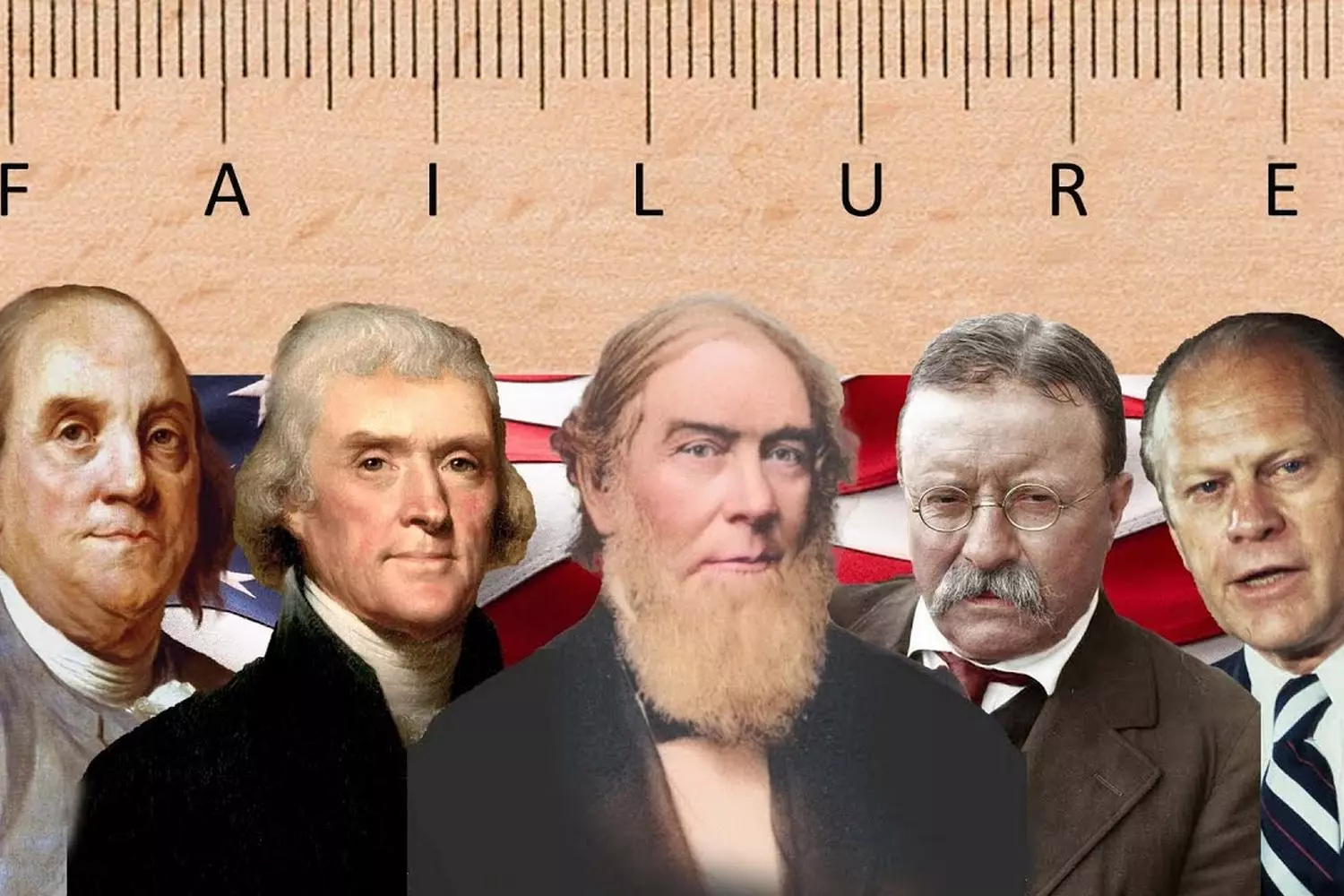
With American Butler — adapting is easier
If you’re moving to the USA, traveling, or simply curious about the country, understanding the local measurement system will definitely come in handy. There’s no need to be afraid of it. At first, it’s intimidating, then annoying, and eventually, you start thinking in miles and drinking 16-ounce cups of coffee.
It’s hard to be in a foreign country without support — especially when even the distance to your hotel is written in miles. American Butler helps not only with organizing tours and excursions but also with everyday details — from renting housing to understanding local realities. We help you adapt quickly and comfortably. With us, America becomes closer and easier to understand.
























